Samsung DeX Not Working or Connecting? Try these Solutions
Samsung DeX not operating correctly on your PC can often be traced back to the USB cable in use. This issue arises when the USB-C cable is not compatible with the Samsung DeX feature, thus preventing a DeX connection from being established.
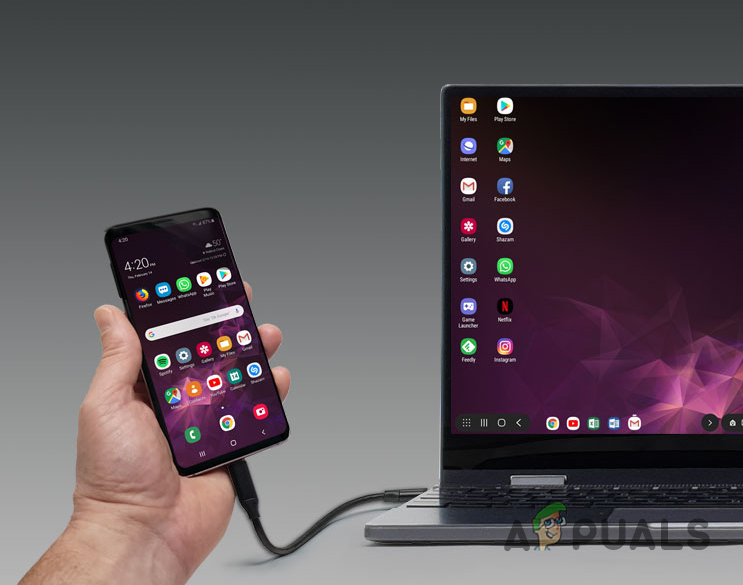
To circumvent this problem, ensure that your USB-C cable complies with the specifications set forth by Samsung. Furthermore, inconsistencies in applications can also contribute to the malfunction of DeX mode. This article will guide you through various troubleshooting methods to help you pinpoint and resolve the issue.
1. Check USB-C Cable
The initial step you should take is to examine the USB-C cable that connects your smartphone to the external display. Samsung DeX requires a USB-C cable that is either version 3.1 or 3.2, with video capabilities. In the event that your cable does not meet these specifications, you will not be able to utilize the Samsung DeX feature.
It is advisable to use the official DeX cable provided by Samsung to ensure connectivity. This eliminates any potential issues related to cable compatibility, enabling a smooth Samsung DeX experience.
2. Run Samsung DeX as Admin
Another reason for DeX mode not functioning may be related to the permissions of the Samsung DeX app. This issue arises when the app is prohibited from projecting the smartphone’s display to your monitor on a Windows computer due to insufficient permissions.
To remedy this, you should execute the Samsung DeX app with administrative rights. Follow the steps below:
- Open the Start Menu and search for Samsung DeX.
- Then, select the Run as administrator option that appears to the right.
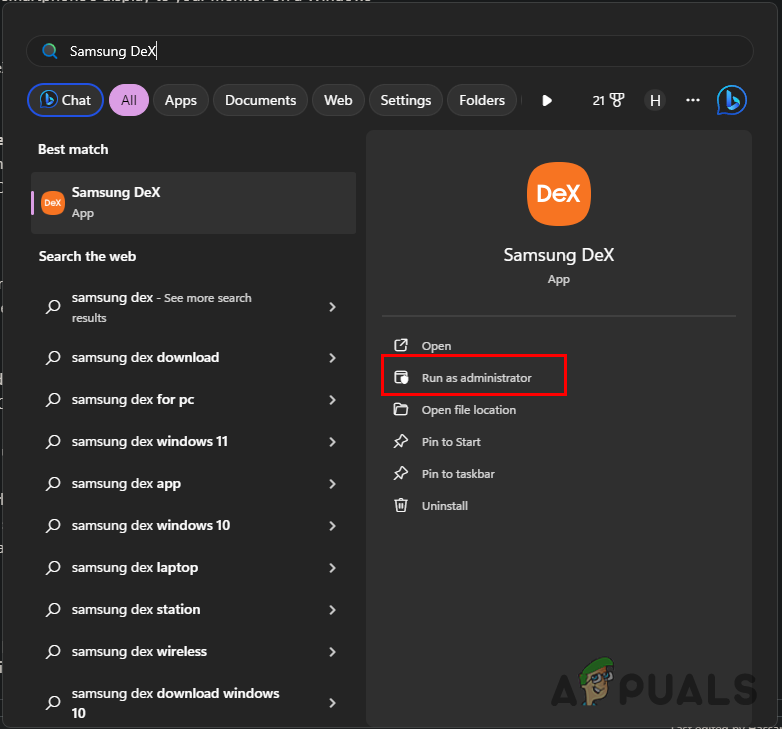
Running Samsung DeX as Admin - After doing so, connect your phone to your PC and check if the problem persists.
- If this solves the issue for you, set Samsung DeX to always run as admin. Right-click the app shortcut on your desktop or in the Start Menu, and select ‘Run as administrator’ from the context menu.
3. Connect to the Same Network (if applicable)
Samsung DeX supports connecting your smartphone to a PC over Wi-Fi. When using Samsung DeX wirelessly, it is essential that both your smartphone and PC are connected to the same Wi-Fi network. Skip this step if you are using a wired connection.
Check the Wi-Fi network to which your Samsung device is connected. Ensure your PC is also on the same network by following these steps:
- Press the Win key + I to open the Settings window.
- Then, go to Network and Internet > WiFi.
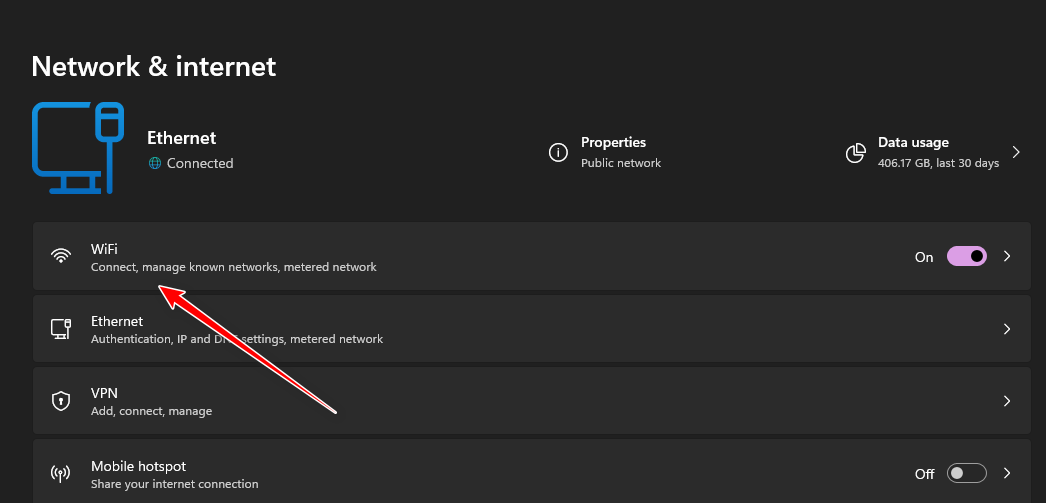
Navigating to WiFi Settings - Click on the Show available networks menu.
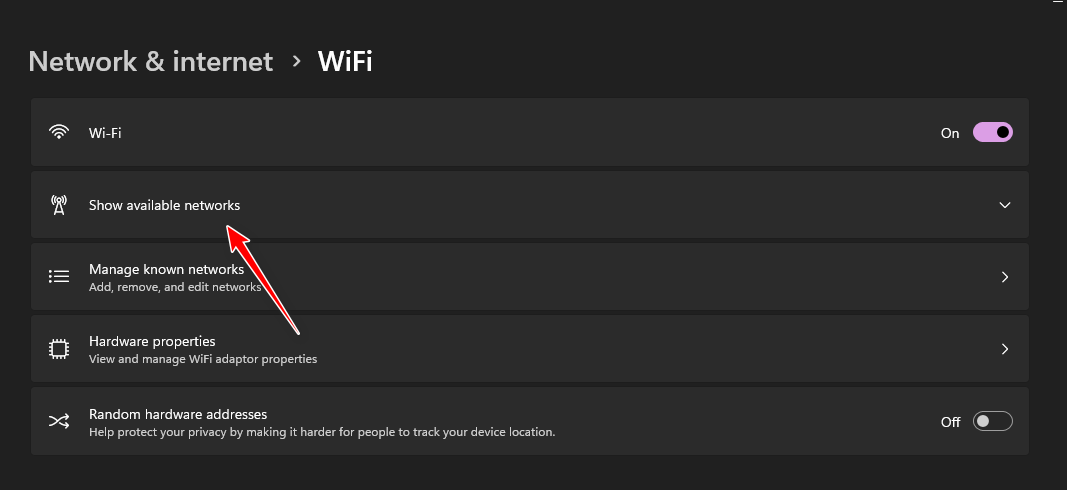
Expanding Available Networks List - Select and connect your PC to the same network as your Samsung device.
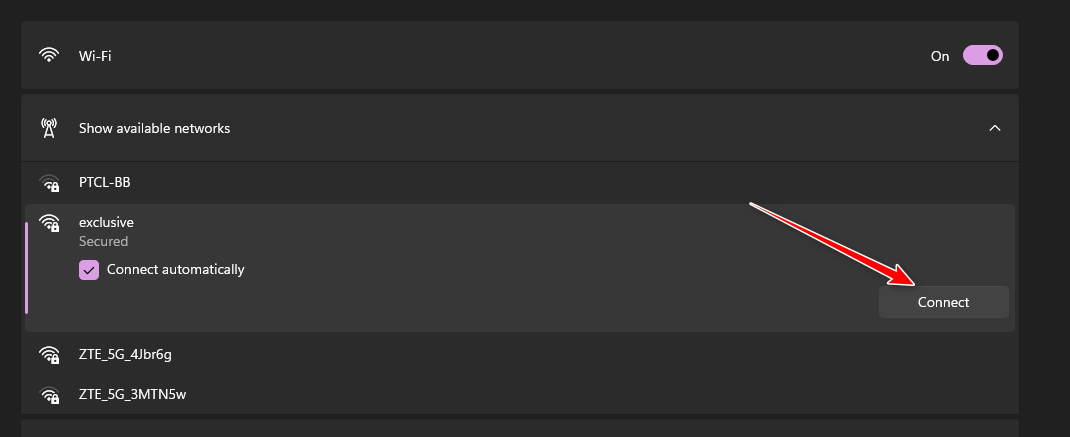
Connecting to WiFi Network - Then, launch the Samsung DeX app to check if the issue has been resolved.
4. Update USB Drivers
Outdated or missing USB drivers on your Windows machine can interfere with Samsung DeX functionality, especially when using Samsung’s official cables.
This often results from obsolete or absent USB drivers. To address this, open the Device Manager and search for any warnings related to USB drivers. Installing updated drivers should rectify the issue. Follow these directions:
- Open the Start Menu and type Device Manager, then open it.
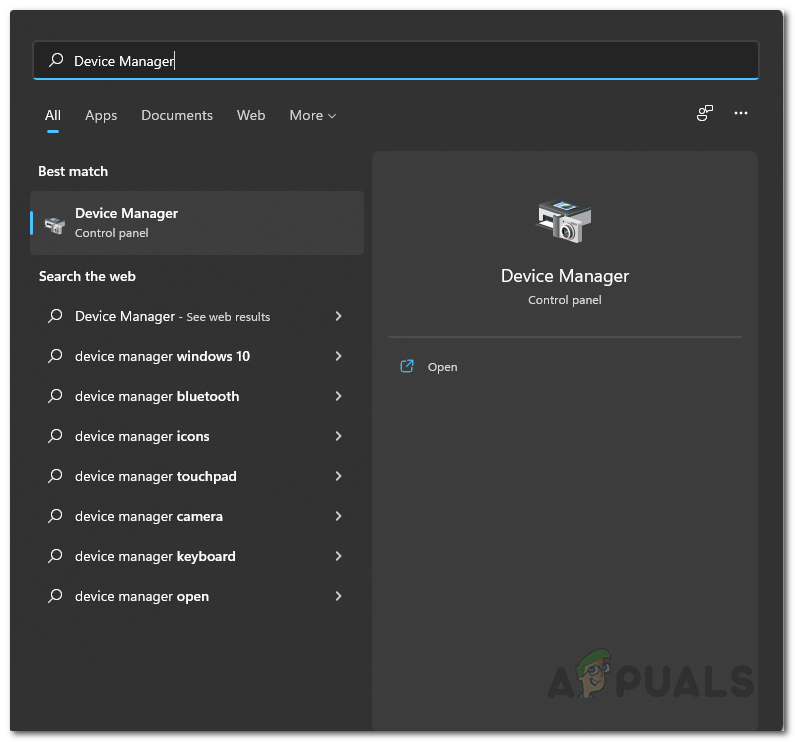
Opening Device Manager - Expand the Universal Serial Bus controllers section.
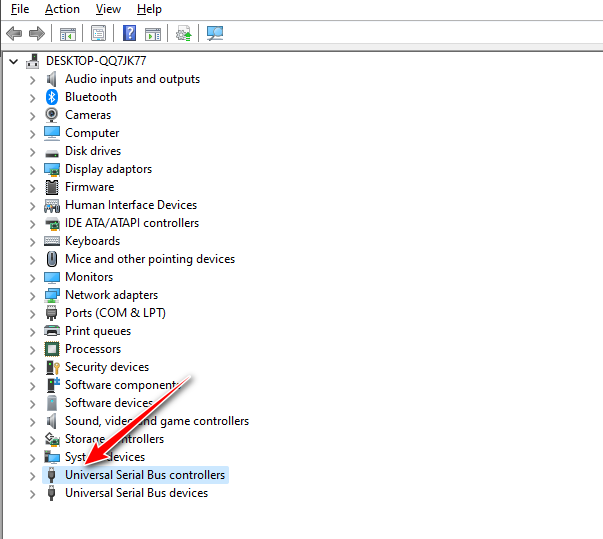
Expanding USB Controllers List - Look for any devices with warning icons or missing drivers.
- Right-click on the device and select Update Driver Software.
- Wait for the update to complete and check if the issue has been resolved.
- If the problem continues, right-click on the respective USB controller and choose Uninstall device.
- Next, disconnect the USB cable and reconnect it.
- Check if the problem still occurs now.
Should you encounter difficulties resolving driver issues via the Device Manager, manually downloading the Samsung USB Drivers for Windows is another option. Visit the official Samsung USB Drivers for Windows webpage.
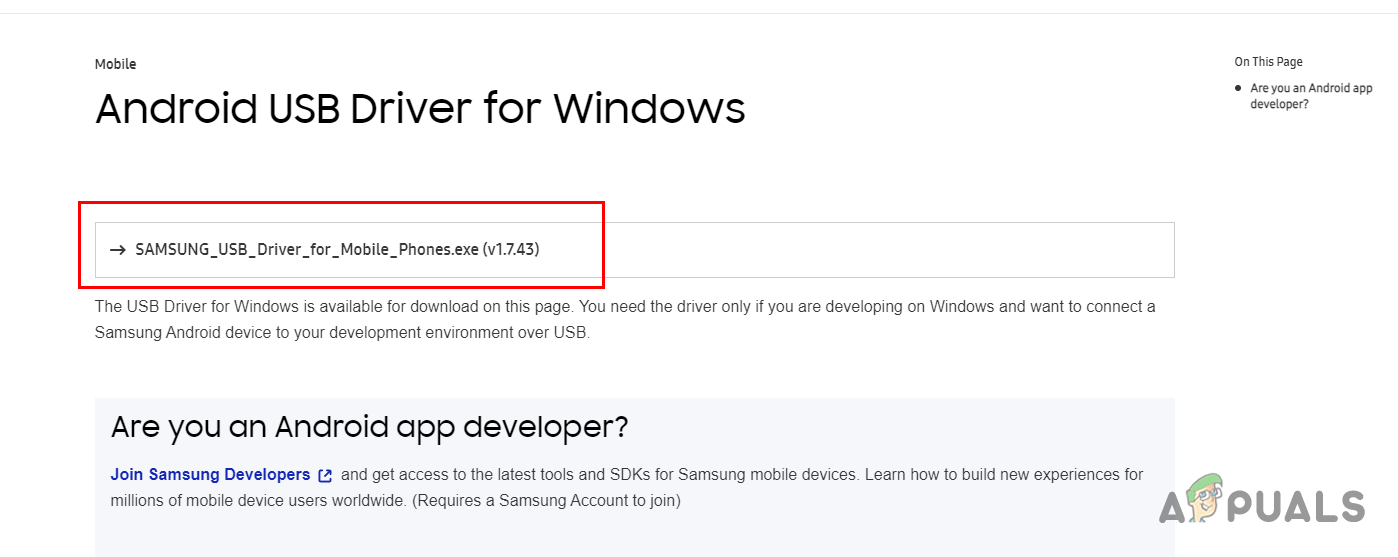
Once downloaded, run the driver setup file and check if this step has eliminated the issue.
5. Change Monitor Input Mode
The input mode selection on your monitor can also be a contributing factor to your DeX connection issue. This occurs if your monitor is set to the wrong input mode, preventing it from recognizing the smartphone’s display.
The solution is simple: verify that the monitor’s input source is set correctly.
Press the Menu button on your monitor, navigate to the Input Source option, select the connection method you’re using to link your smartphone, and verify if the DeX feature now functions properly.
6. Clear Samsung DeX Cache
Damaged or corrupted cache files stored by the Samsung DeX app on your phone can lead to operational disruptions.
Clearing the cache for the DeX app on your phone could resolve this issue. Follow these steps:
- Open the Settings app on your Samsung device.
- Proceed to the Apps category.
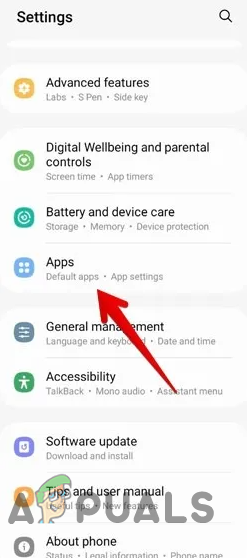
Navigating to Apps - Select Samsung DeX from the app list.
- If it’s not immediately evident, use the search field to look for DeX.
- Next, tap on Storage.
- Hit the Clear cache button.
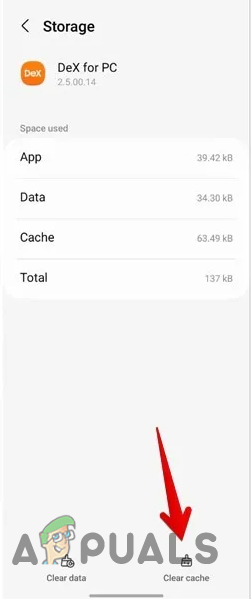
Clearing DeX for PC Cache - Repeat this process for the DeX for PC application as well.
- Once complete, see if the problem persists.
7. Enable Force Desktop Mode
Forcing your Samsung phone into desktop mode when connecting to external displays can often resolve display issues. Samsung DeX relies on this feature among others to provide its extended display functionality.
To make use of this feature, ensure that ‘Force Desktop Mode’ is activated within the Developer Options menu. This menu is hidden by default, so follow these steps to enable it:
- Open the Settings app on your phone.
- Navigate to About Phone.
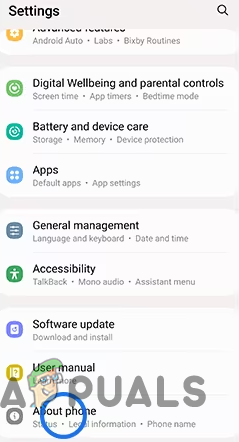
Navigating to About Phone - From there, select Software Information.
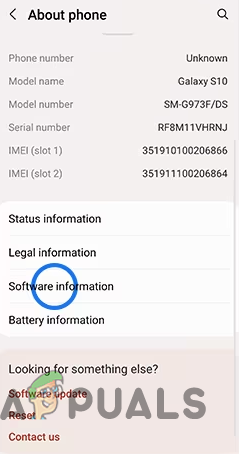
Navigating to Software Information - Find the Build Number option and tap it seven times.
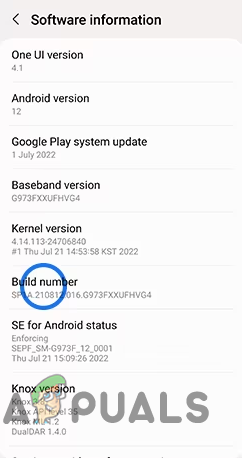
Tapping Build Number Seven Times - If prompted, enter your PIN to unlock the Developer Options menu.
- Return to the Settings menu and scroll down to Developer Options at the bottom.
- Within Developer Options, find and turn on Force Desktop Mode.
- Restart Samsung DeX and attempt to reconnect your phone to the external display to check its functionality.
8. Power Cycle Monitor
If none of the previous methods have been effective, a power cycle of your monitor could be the answer. Power cycling can reset your monitor’s parameters, possibly resolving identification issues with the Samsung DeX input source.
Turn off the monitor, unplug its power source, wait at least 30 seconds, then reconnect and restart it. Now, check to see if Samsung DeX functions as expected.
9. Check for Software Updates
Ensure that both your Samsung smartphone and the Samsung DeX application on your PC are updated to the latest versions. Software updates often include bug fixes that may resolve connectivity issues.
- On your Samsung device, go to Settings > Software update, and tap on Download and install.
- On your PC, open the Samsung DeX application and check for any available updates in the settings or help menu.
10. Reset Settings on Samsung Device
If all else fails, consider resetting the settings on your Samsung device. This won’t delete your personal data but will reset system settings that could be causing issues with DeX.
- Open the Settings app.
- Go to General management > Reset > Reset settings.
- Tap on Reset settings, enter your PIN if prompted, and confirm the reset.
11. Try DeX on a Different Computer or Monitor
To isolate the issue, connect your Samsung device to a different computer or monitor that supports DeX. This can help determine if the problem is with the original computer or monitor.
Tips for a Better Samsung DeX Experience
- Optimize Display Settings: Adjust the resolution and screen scale within the DeX settings to match the monitor you’re using for optimal display quality.
- Use a High-Quality Cable: Poor quality cables can degrade the performance or even prevent DeX from working. Invest in a high-quality cable that conforms to the requirements set by Samsung.
- Monitor Power Saving Modes: Disable any power-saving modes on the monitor to prevent it from going to sleep unexpectedly while using DeX.
- Heat Management: Using DeX for extended periods may cause your phone to heat up. Ensure that your phone is adequately ventilated to prevent overheating.
Remember to back up your data before performing any major troubleshooting steps such as resetting settings or updating your device’s software to prevent any data loss. If the issue persists after extensive troubleshooting, it may point to a hardware fault with the phone or the USB-C port, in which case it’s advisable to seek professional repair or replacement.




